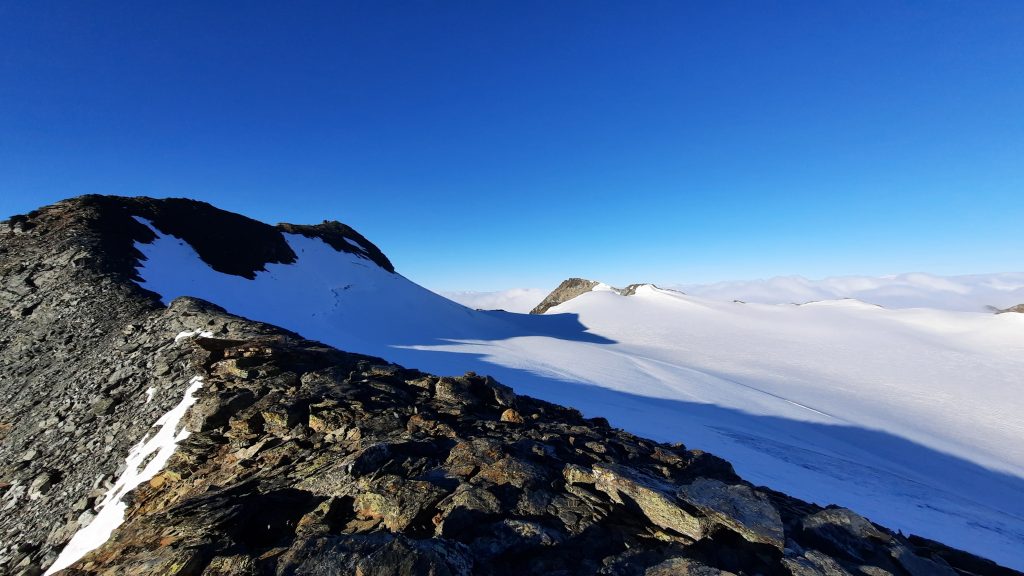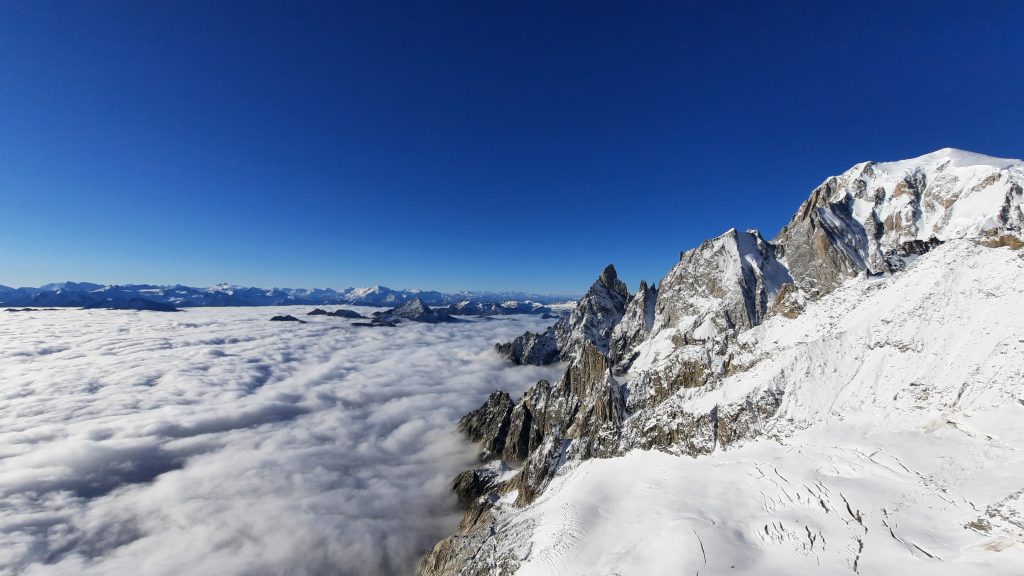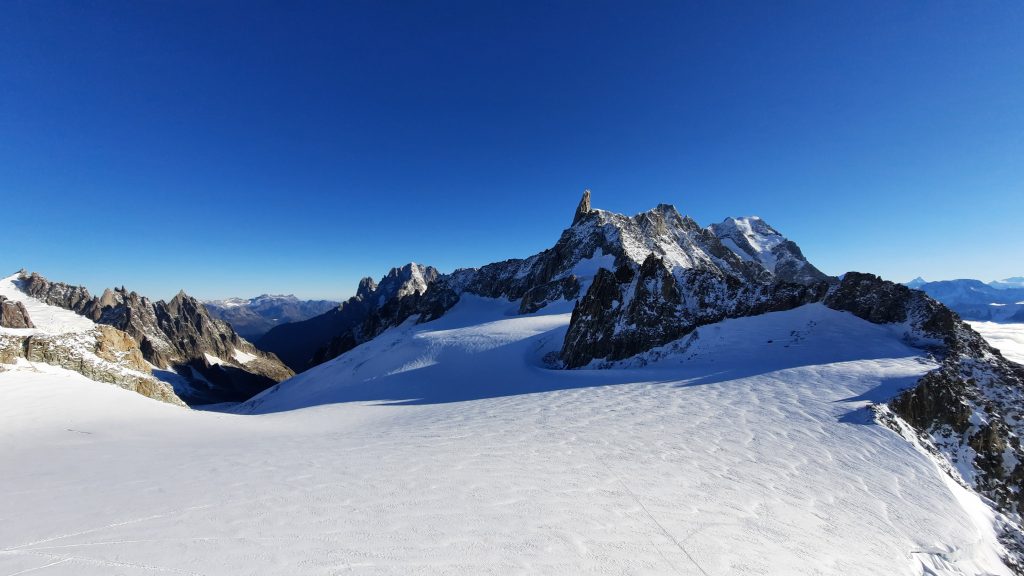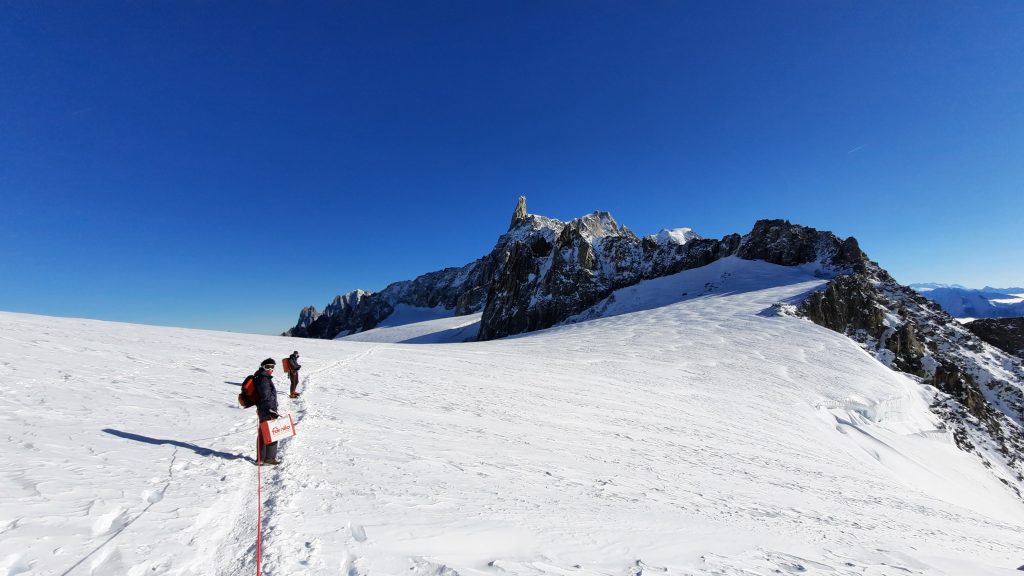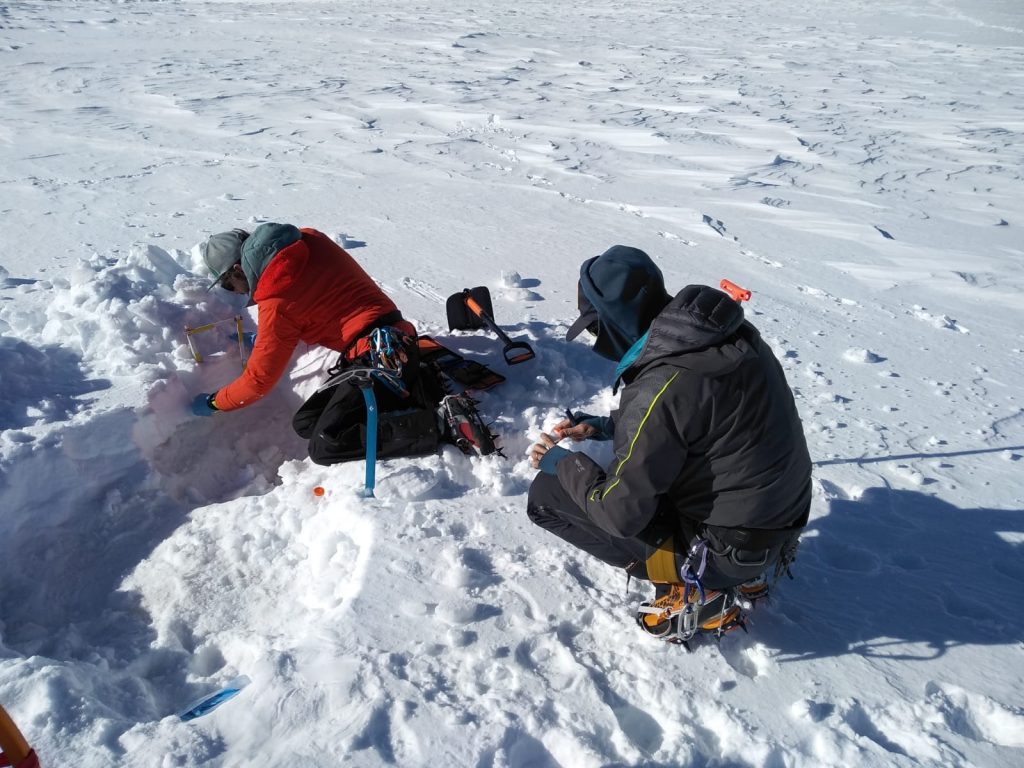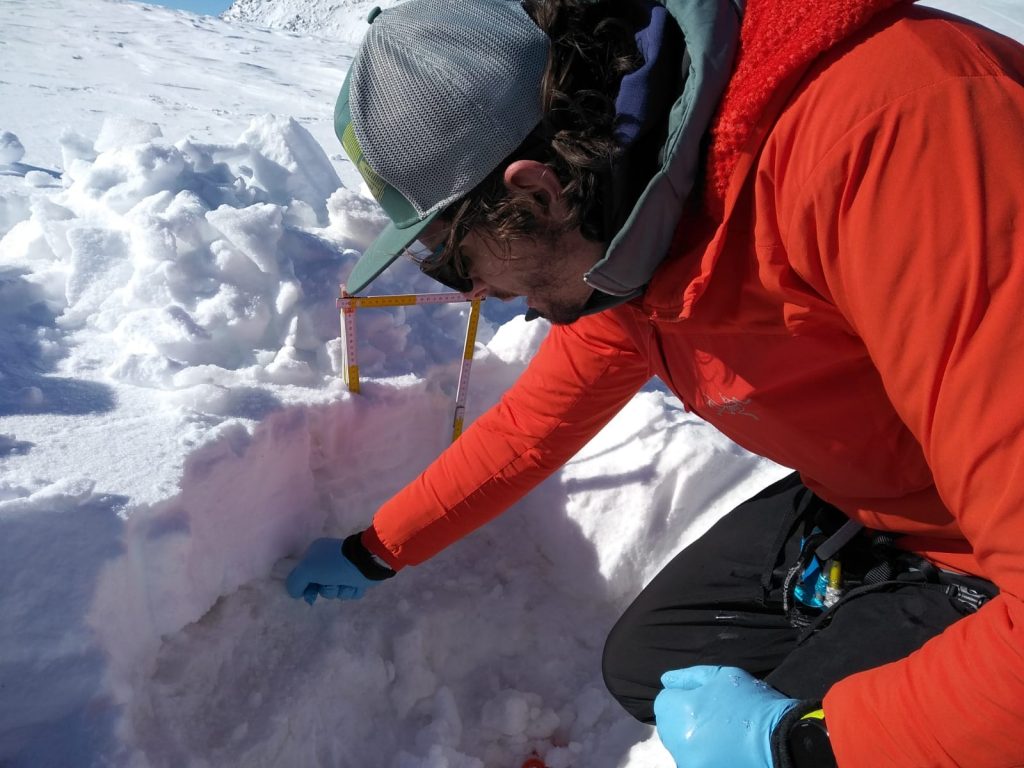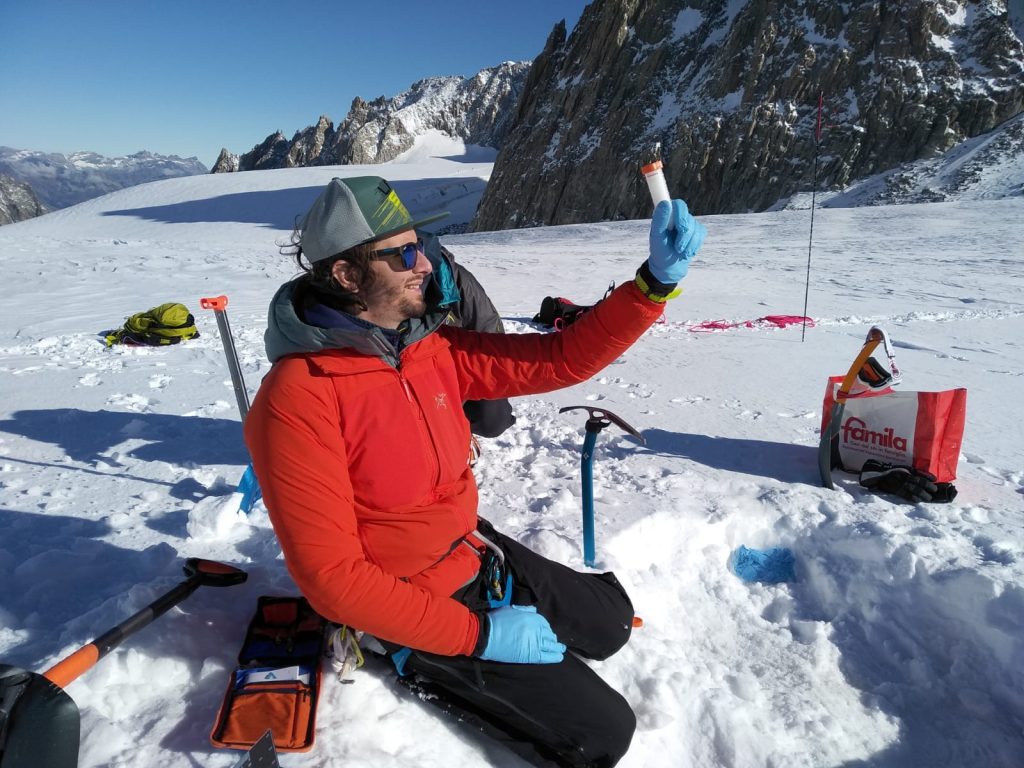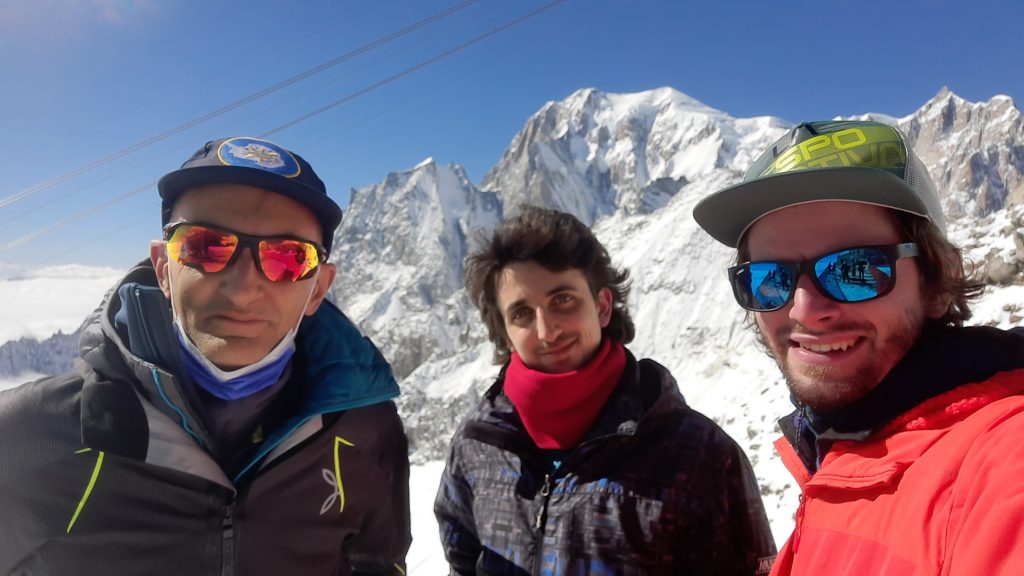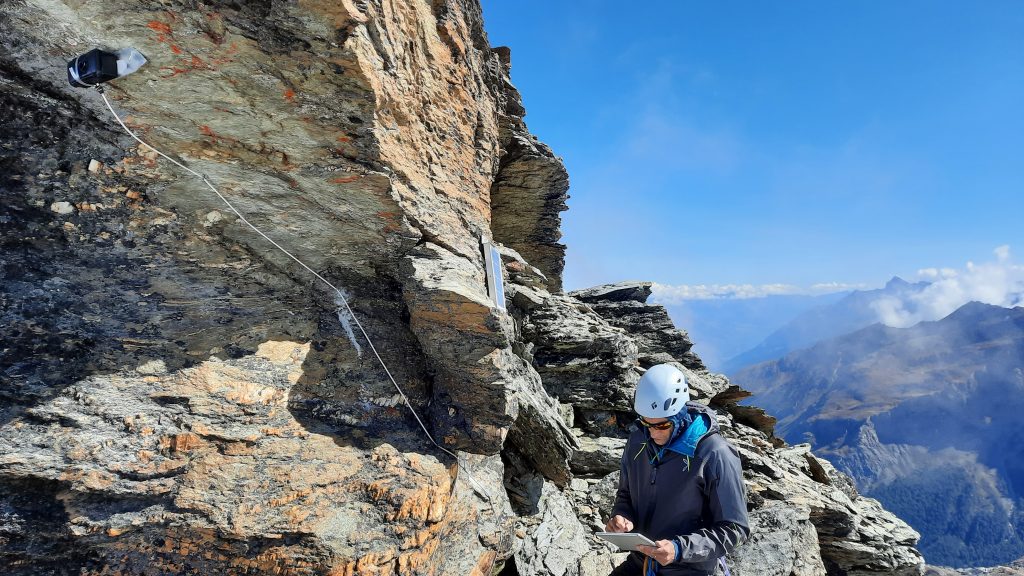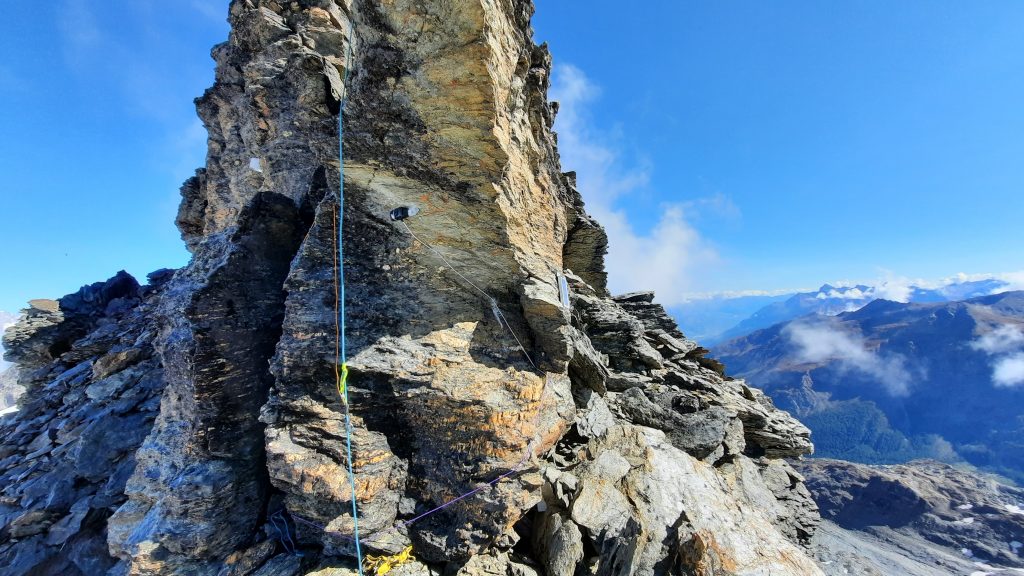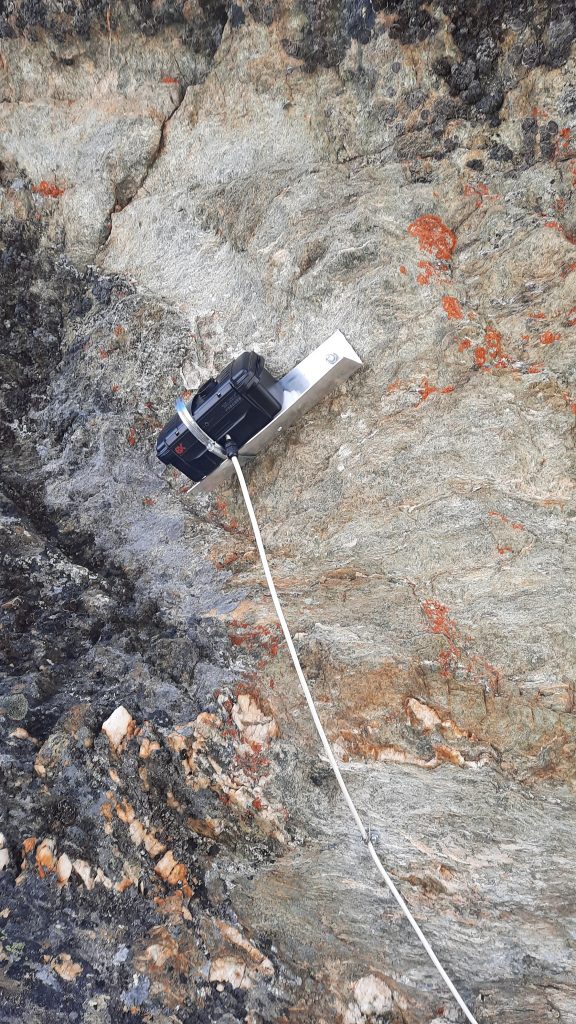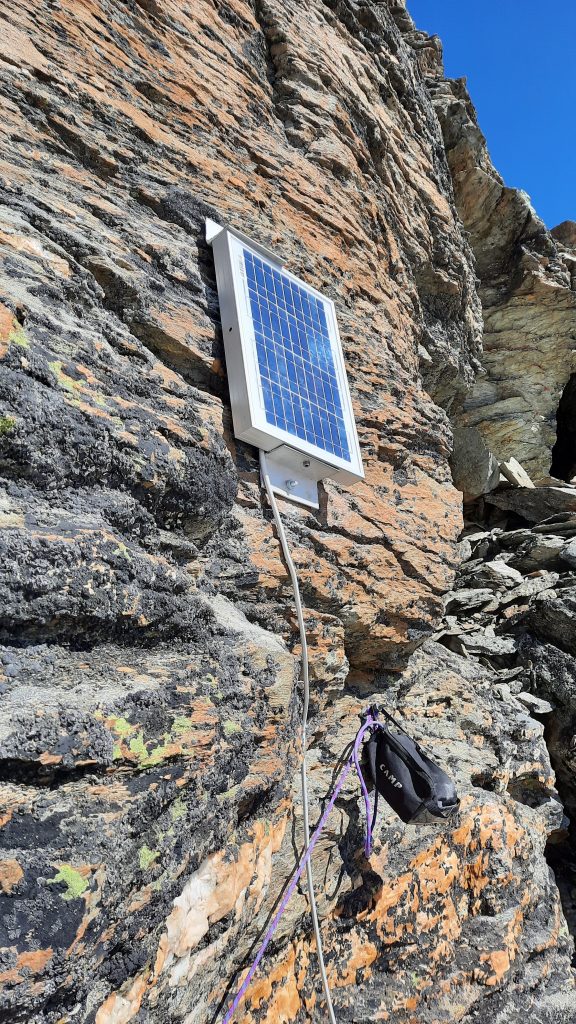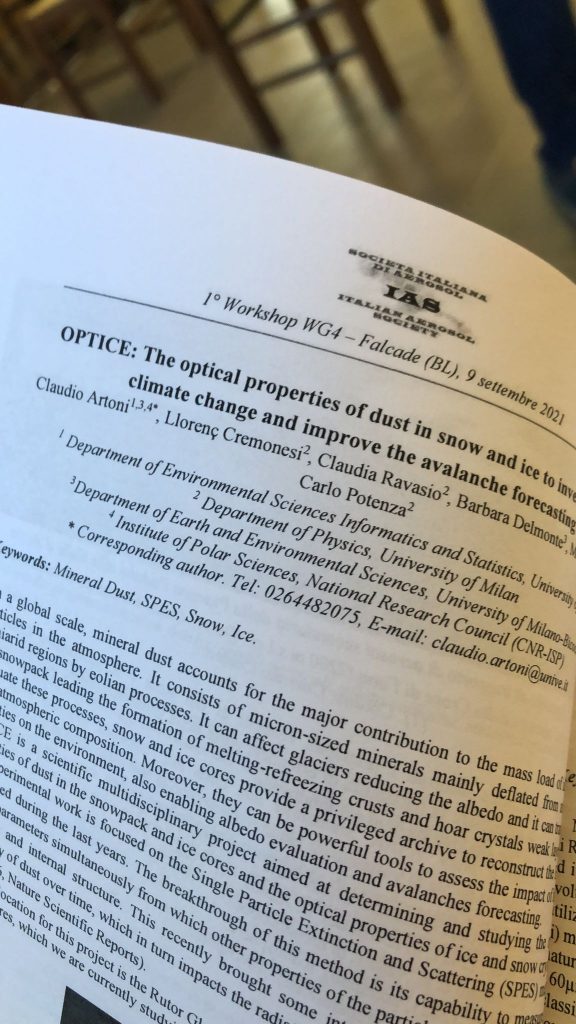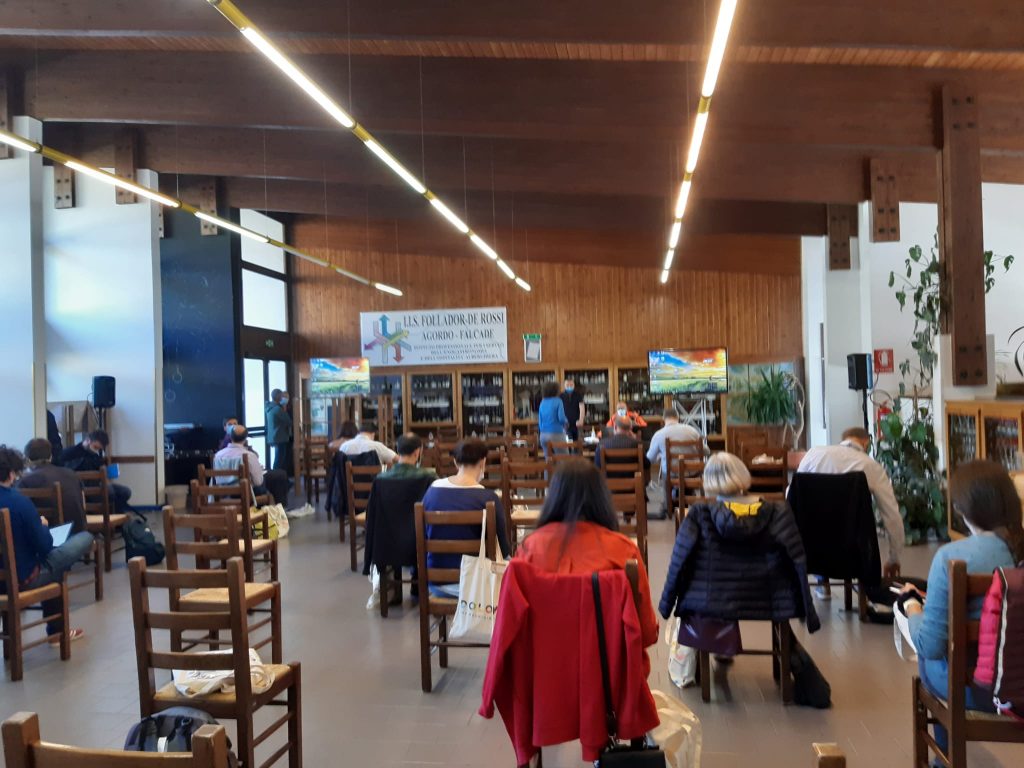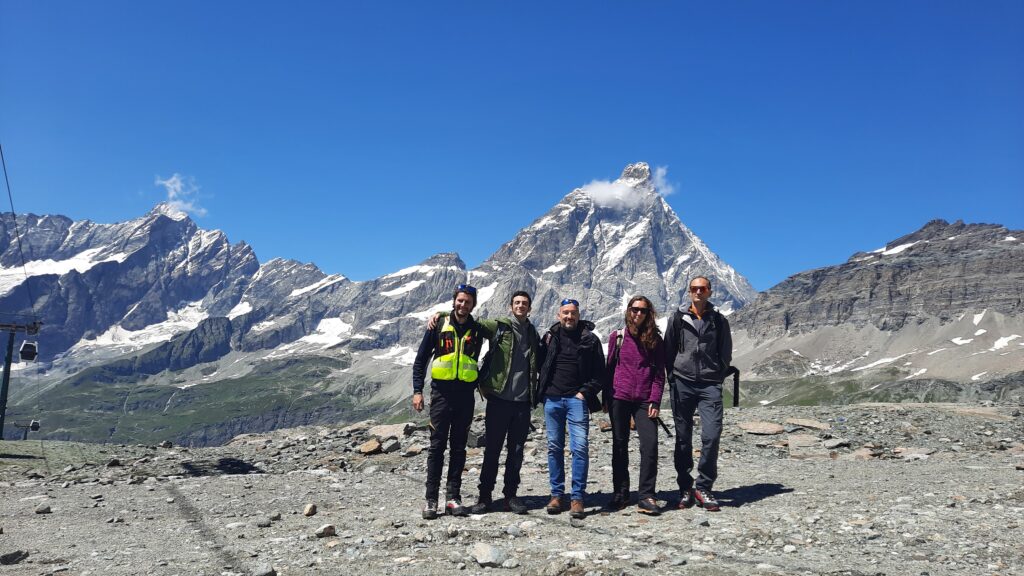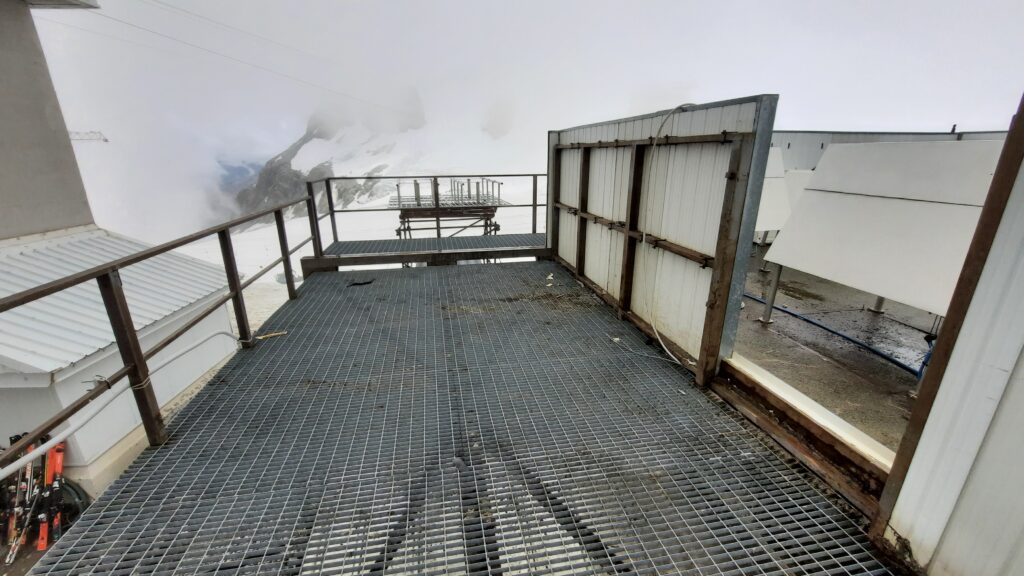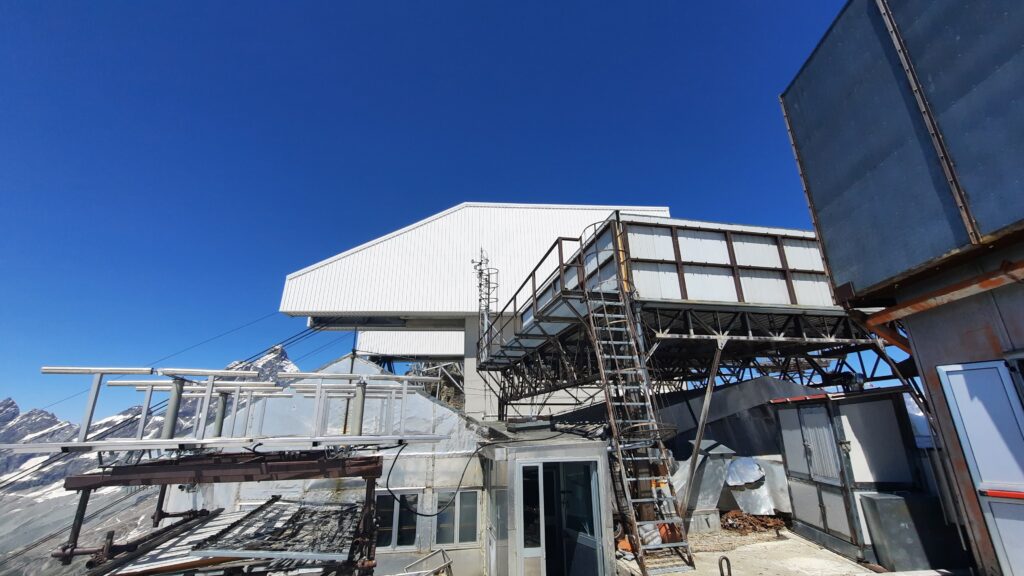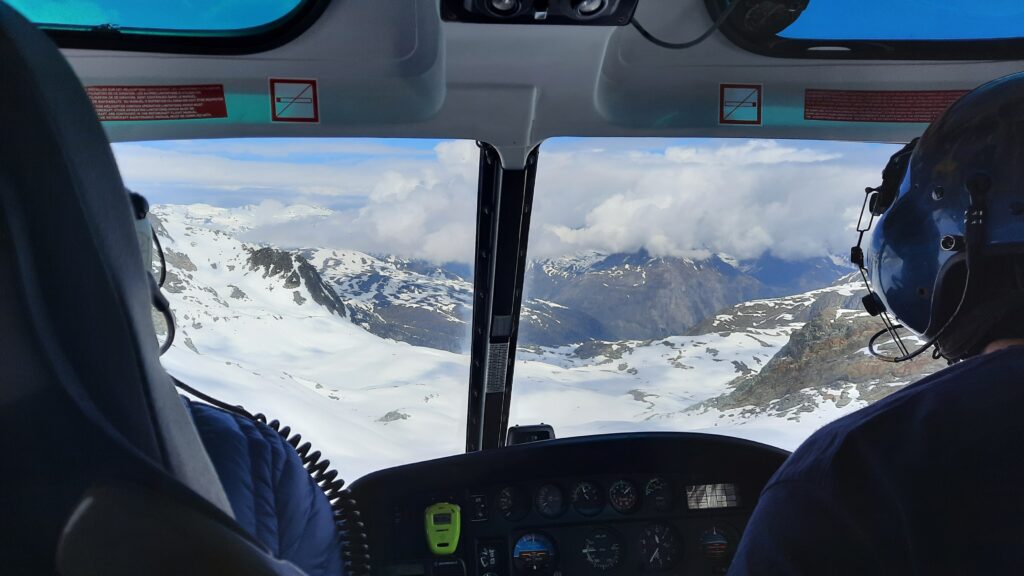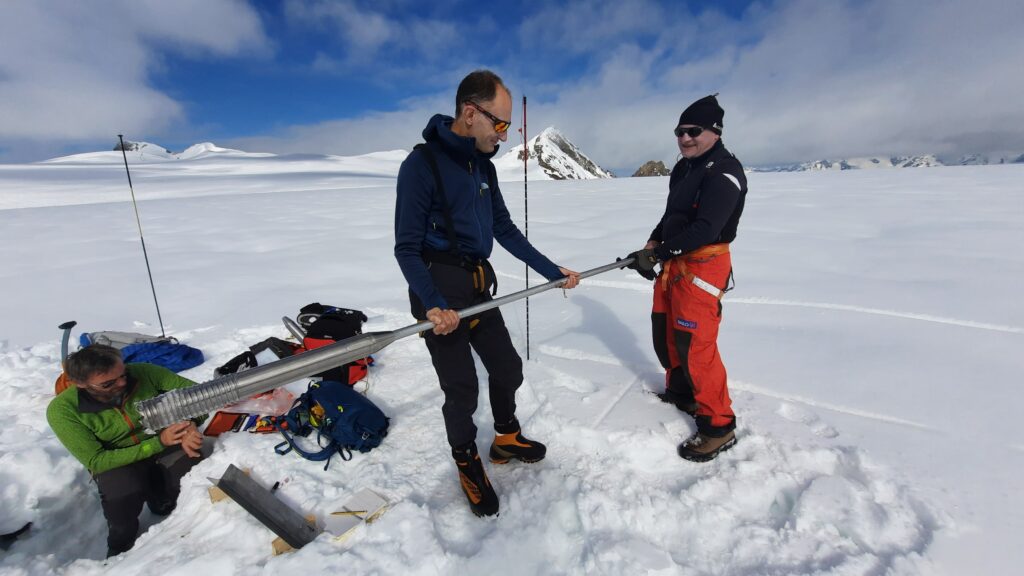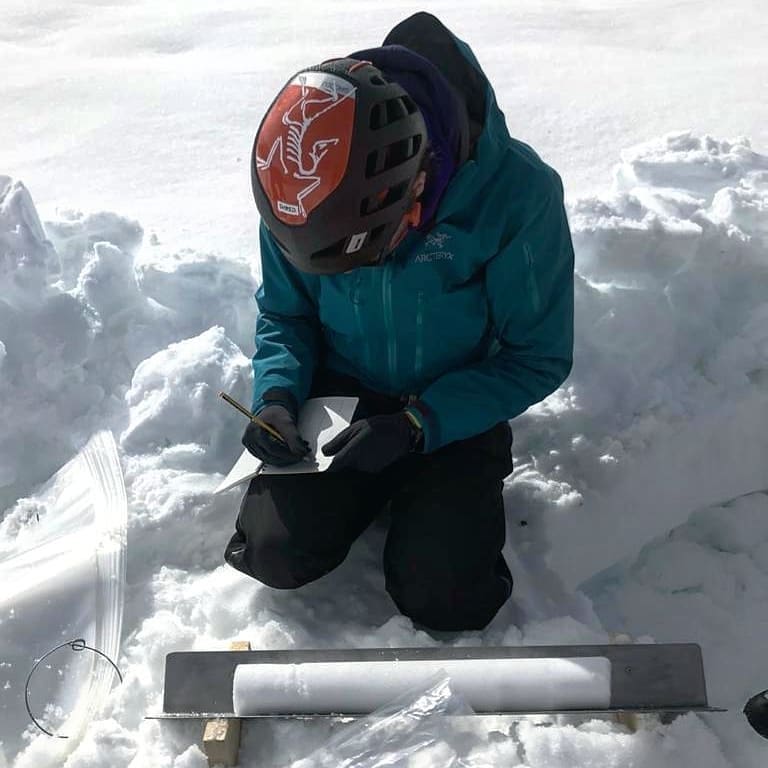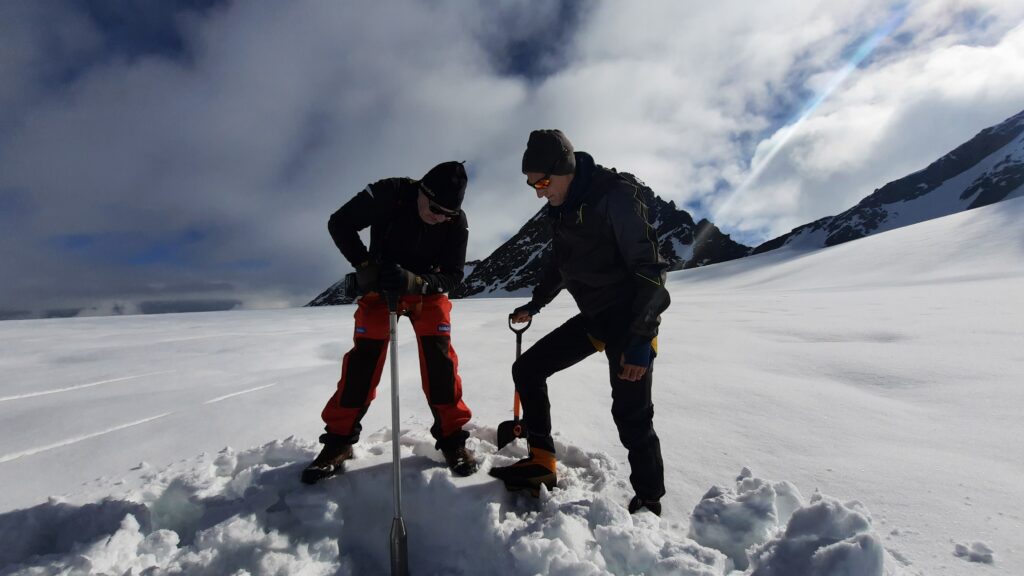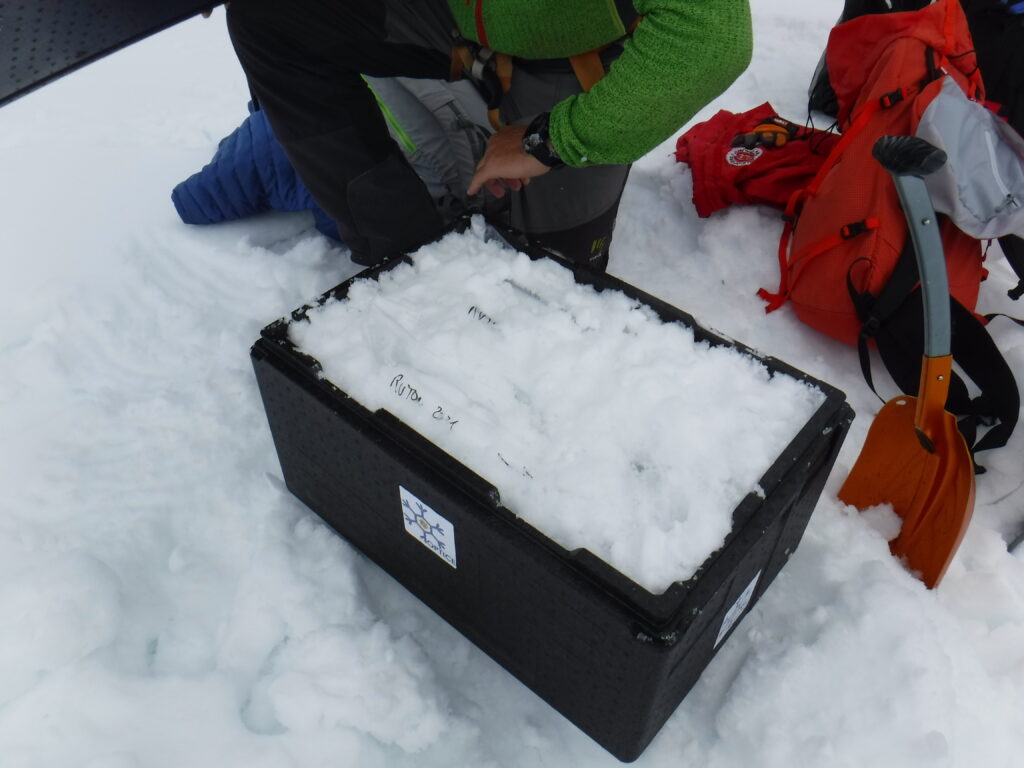- Second expedition in Arctic in 2025
At the beginning of spring Marco Potenza and Claudio Artoni went up to Ny-Alesund, 1231 km far from the North Pole, for the second expedition of the OPTICE project. During the days spent in the Italian base “Dirigibile Italia”, our researchers were able to perform some stratigraphic profiles of the snowpack and some sampling. Unfortunately, not everything went as planned! A few days before Claudio and Marco arrived, it rained in Svalbard and temperatures remained around +3°C. This is a bit of an anomaly since we were at the end of the Arctic winter. The rain had therefore melted a good part of the snowpack, leaving only large sheets of ice up to 40 cm thick.
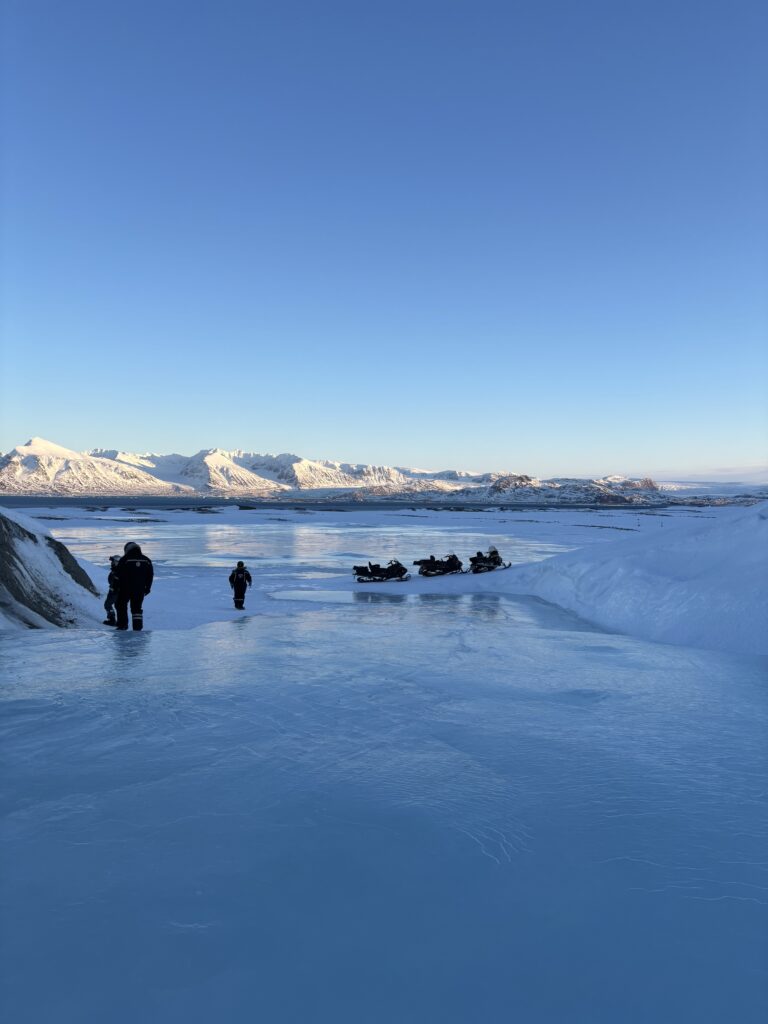
All this ice made it difficult to move around and analyze the snow, so our researchers were only able to reach a few of the glaciers they planned. Our researchers were still able to perform stratigraphic profiles of the snowpack, perform tests with a new digital stratigraphic probe and take snow samples at a rate of 5 cm to investigate the particles contained.

Finally, there were some beautiful moments such as the Northern Lights or splendid sunrises.
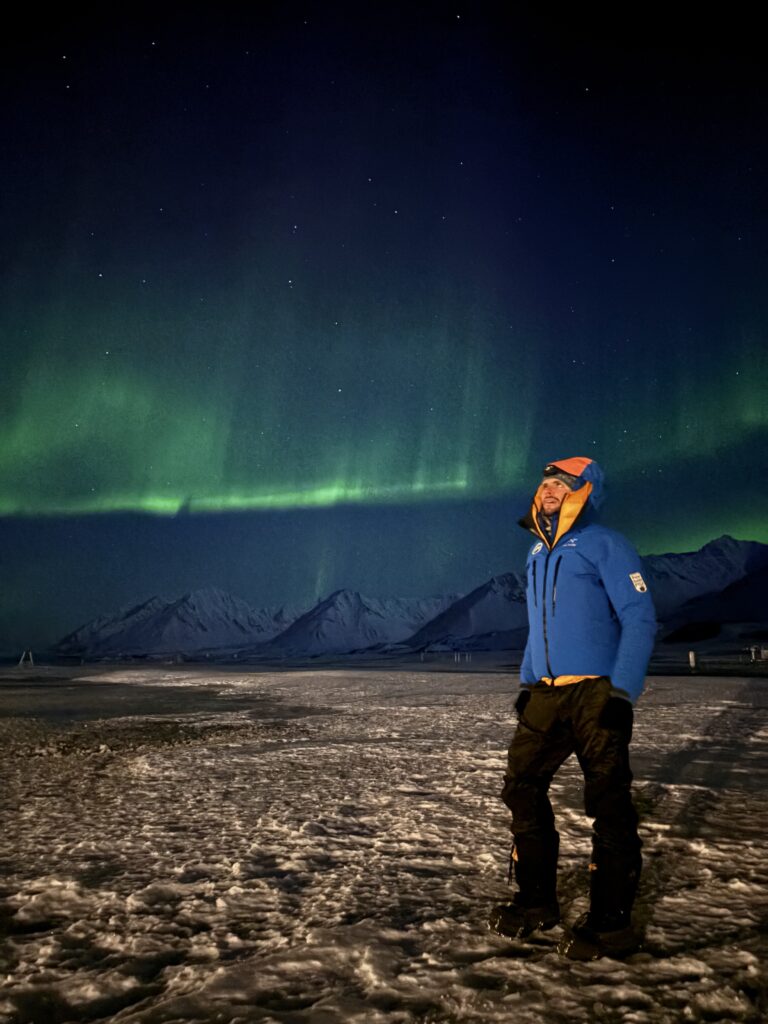
- OPTICE was in the Arctic!
OPTICE was in the Arctic!
In April 2024 the team of 3 researchers of the OPTICE project was involved in a field campaign in the surroundings of Ny-Alesund: the last northernmost permanent research center in the world. It was a month of digging snowsuits, measuring the sunlight propagation and making stratigraphies of the snowpack using a new prototype of electronic snow probe called SLOPE.
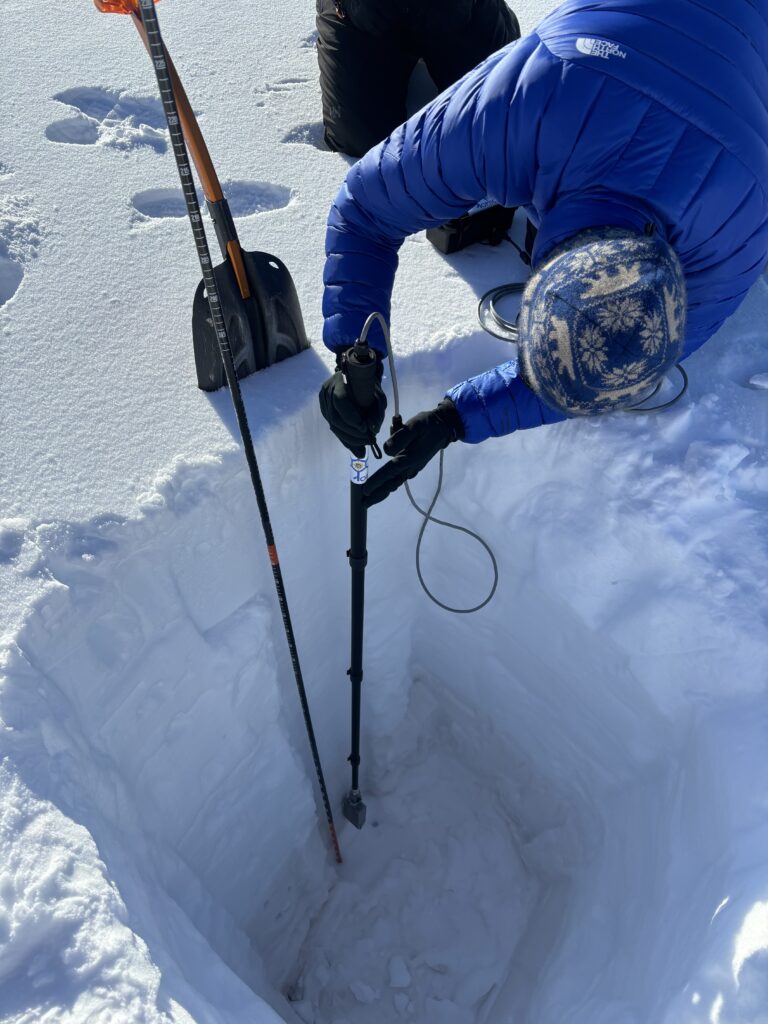
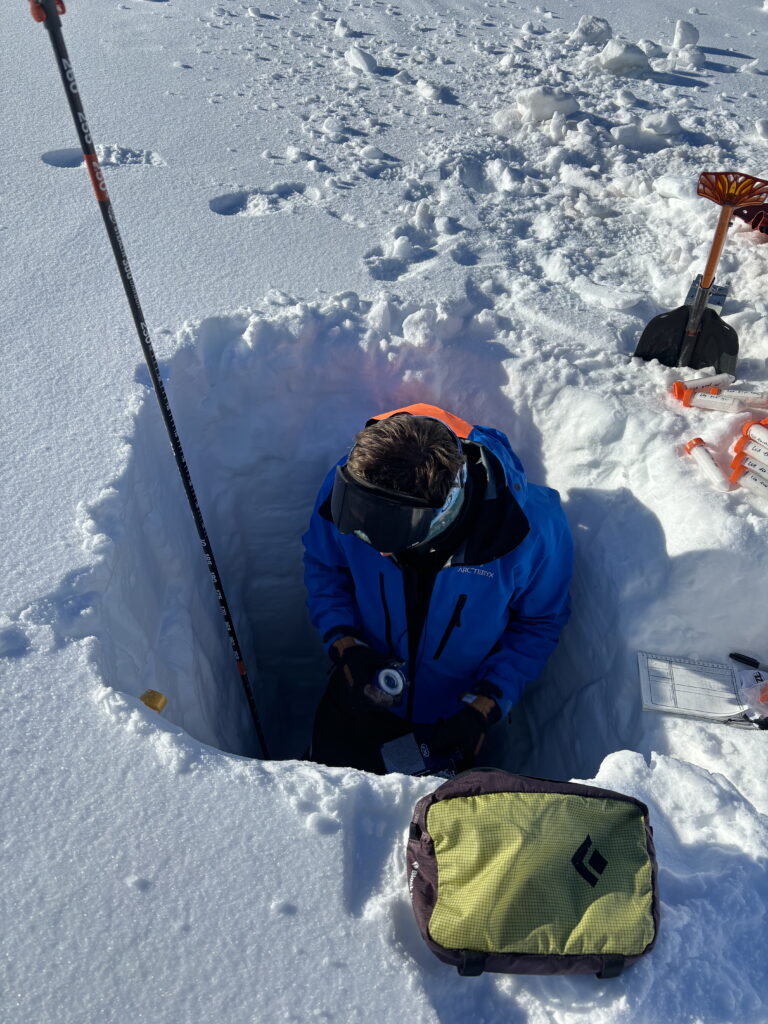
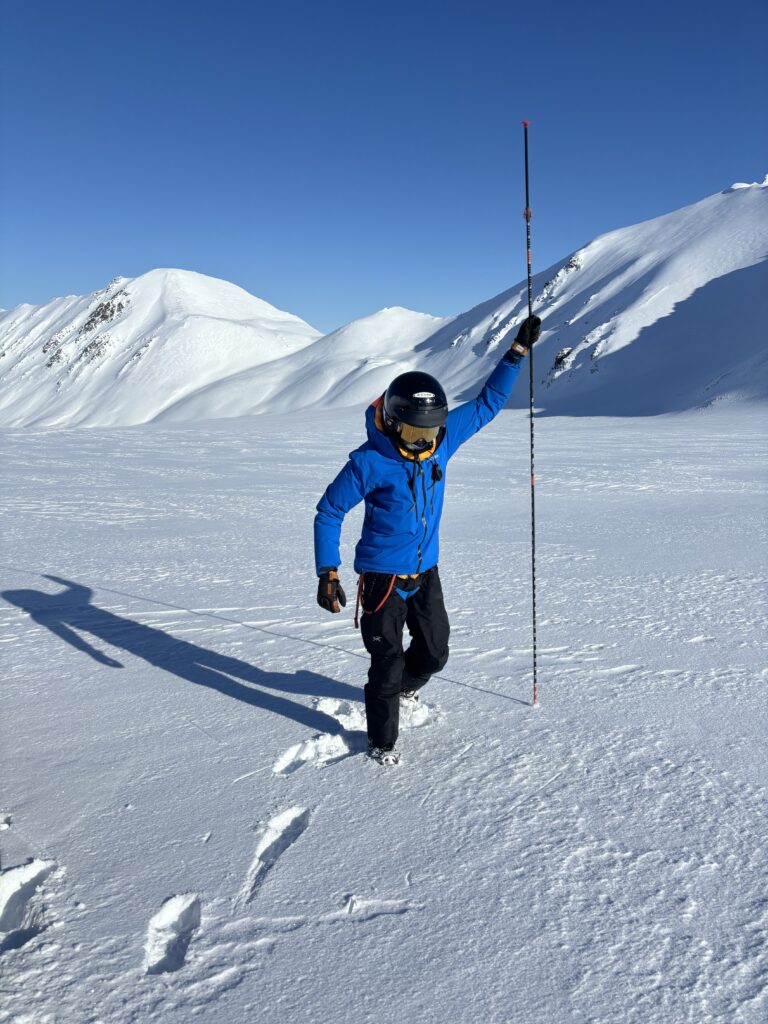
- ISSW 2023 in Bend, OR, OPTICE was present!
ISSW 2023 in Bend, OR, OPTICE was present!
Claudio Artoni has attended the International Snow Science Workshop ISSW2023 in Bend, Oregon. This is the biggest and most important conference regarding the snow sciences where snow professionals, educators, researchers and manufacturers meet in a merging of theory and practice.
Claudio has presented two posters, one on an integrated study on the Rutor Glacier in Aosta Valley and another one on the importance of the optical and microphysical properties of dust and how these can affect the stability of the snowpack both in the OPTICE project framework.
Claudio has also been selected as one of the winner of the American Avalanche Association (A3) full-scholarship to attend this event.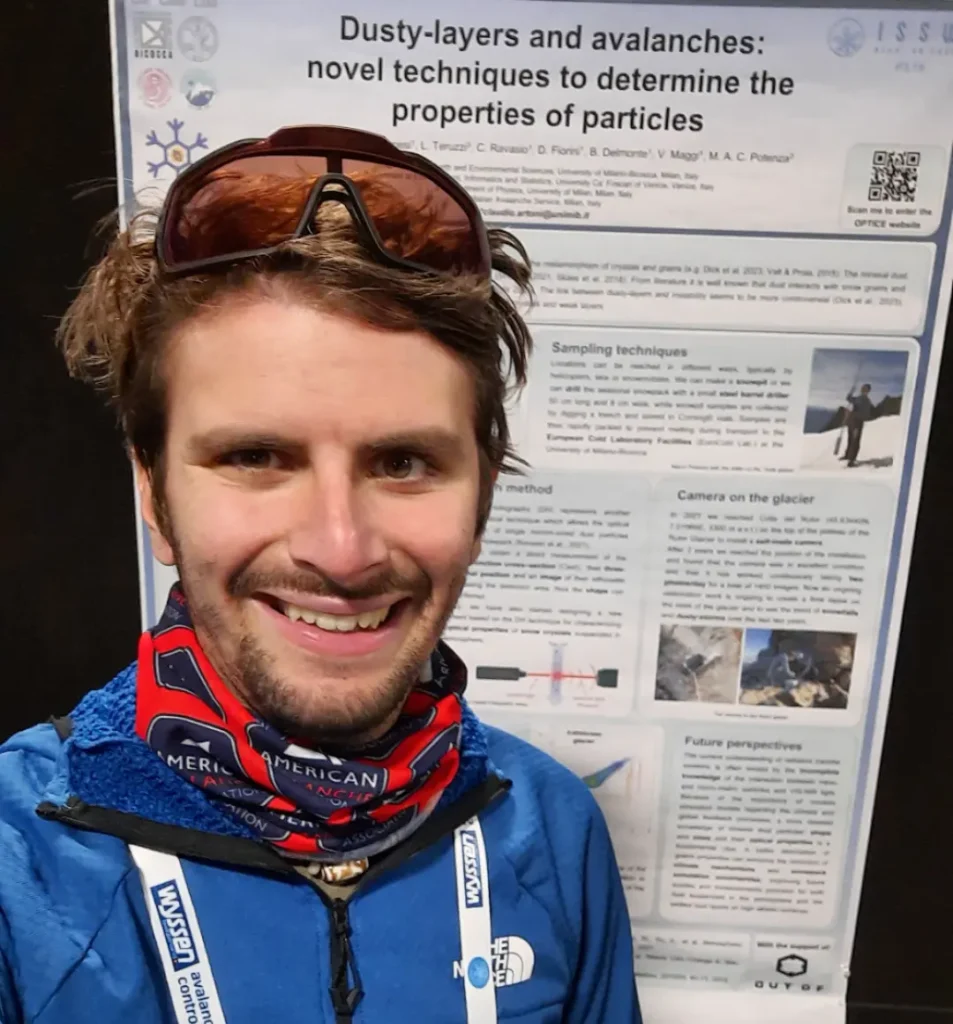
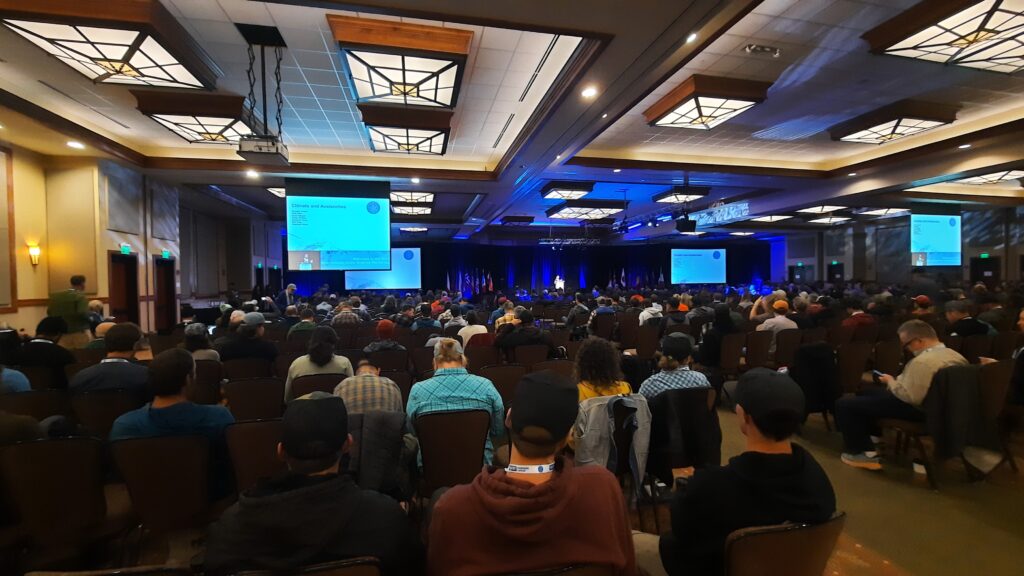
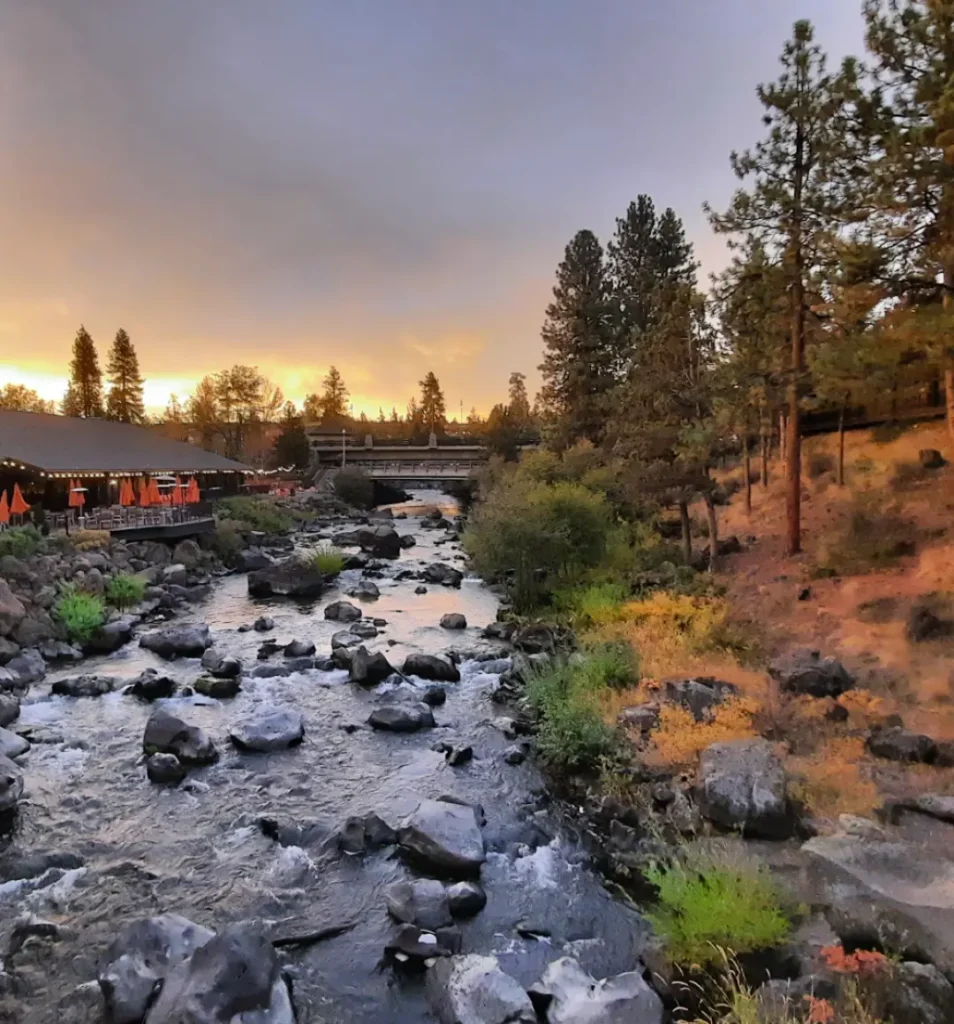
- Camera on the Rutor Glacier after 2 years of running
Camera on the Rutor Glacier after 2 years of running
Great news from the Rutor glacier!
Our researchers Claudio and Marco reached Colle del Rutor where the camera was positioned in September 2021. The camera was in excellent conditions, it seemed that wind, snow, rain and sun hadn’t affected the solar panel and the chassis. In fact, after having removed it and having verified its functioning, the researchers had the most beautiful surprise: the camera had worked continuously from the day of installation to today, taking two photos a day!
Now an ongoing elaboration work is up to the members of the OPTICE project to create a time lapse on the state of the glacier and to see the trend of snowfalls over the last two years.
Many thanks to Out-Of for supporting our operations during these years.
Many thanks also to Andrea Passerini of the Department of Physics at the University Milano-Bicocca for his great work and support on the realization of the electronic system.

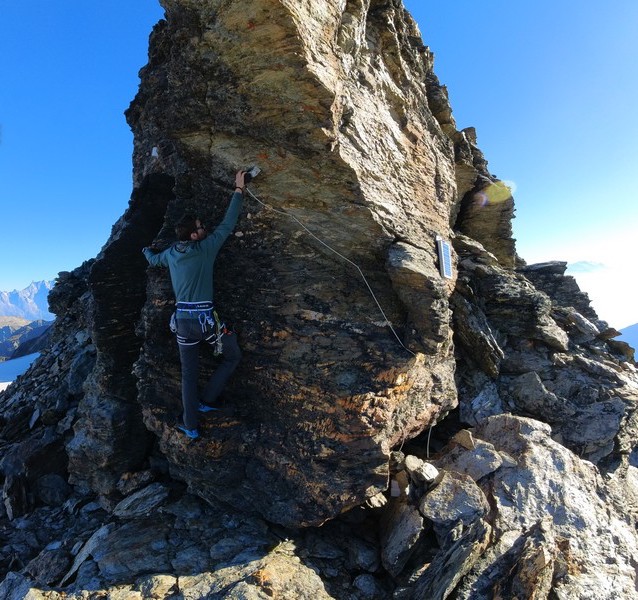

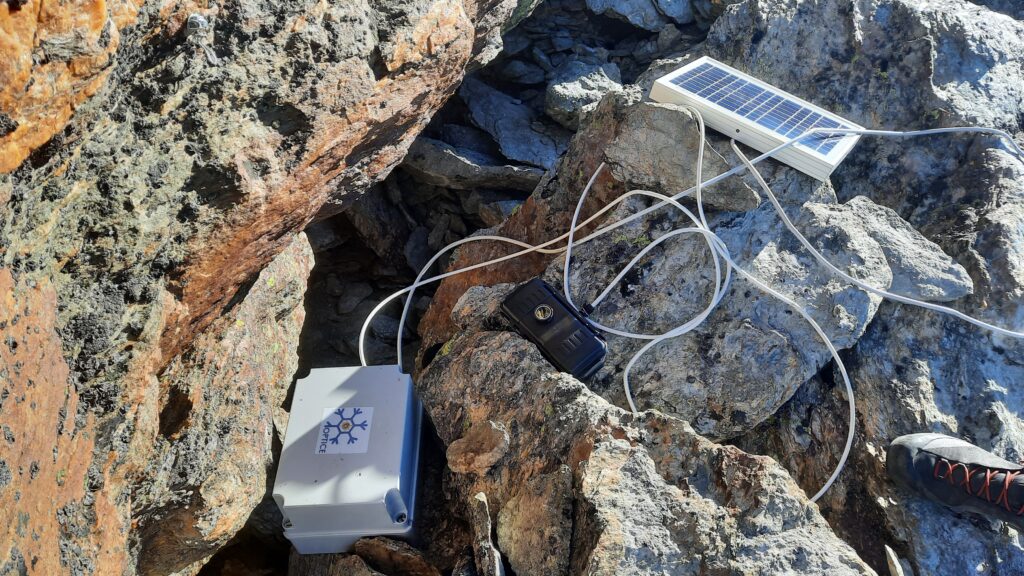
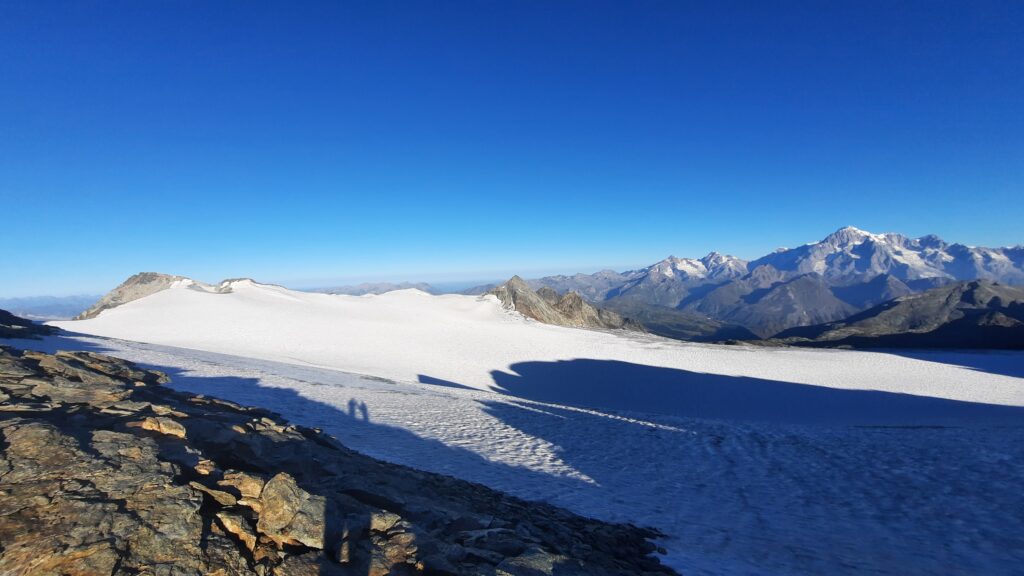
- Pianeta 2030: agire per il clima – Corriere della Sera
Pianeta 2030: agire per il clima – Corriere della Sera
Intervista di Michela Rovelli del Corriere della Sera nei laboratori EuroCold per la giornata mondiale dell’ambiente il 6 giugno 2022 sul progetto interdisciplinare OPTICE.
- Snowpack sampling at the Col du Geant
Snowpack sampling at Col du Geant
Saturday October 9th Marco, Claudio and Luca went on the Col du Geant to sample the snowpack looking for volcanic deposits from the La Palma eruptions. Our researchers founded 30cm of fresh snow and below a thick layer of firn enriched of saharian mineral dust. After sampling, they returned home happy of the work done and of the amazing weather found. In the coming months, the samples will be processed in the EuroCold laboratory of the University of Milan Bicocca.
- Camera installation at the top of Rutor glacier
Camera installation at the top of Rutor glacier
On September 17th 2021, we went up to the Testa del Rutor to install a camera that frames the glacier plateau. Thanks to the helicopter, the team made up of Marco, Claudio, Umberto and Jacopo brought all the materials for the installation on the ridge above the plateau. The acquisition system, consisting of the camera, the battery pack and a solar panel, will remain permanently installed. Through this project we want to monitor the deposition of dust on the snowpack of the glacier, seeing how these modify the albedo and lead to the early melting of the snow. It will also be important in summer to evaluate the ablation of the glacier.
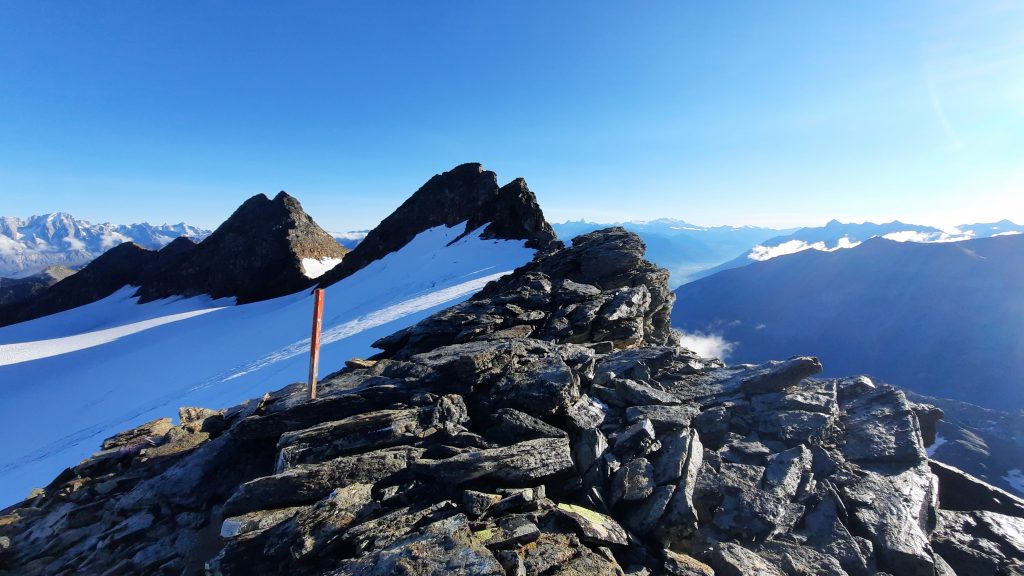
- We are present at the 1st Workshop of the Italian Aerosol Society (IAS) September 9 2021
We are present at the 1st Workshop of the Italian Aerosol Society (IAS) September 9 2021
We are very happy to present the OPTICE project during the 1st workshop of the Italian Aerosol Society in Falcade (BL). This congress is also an excellent point of contact with the other Italian researchers to exchange opinions and collaborations.
- Extraordinary maintenance at the CNR scientific research station “Testa Grigia” at Plateau Rosa
Extraordinary maintenance at the CNR scientific research station “Testa Grigia” at Plateau Rosa
From July 27th to July 29th our team is involved in an estraordinary maintenance of the CNR scientific research station “Testa Grigia” at Plateau Rosa 3500m. Our researchers have dismantled the old tent on the roof of the station to make way for a new one, where a SPES instrument will be installed for the measurement of the atmospheric particulate matter in the air.
- Snow drilling on the Rutor Glacier
Snow drilling on the Rutor Glacier
On June 3th 2021 our researcher Marco, Claudio and Francesco went up to the Rutor glacier in Aosta Valley to core the seasonal snow. A window of good weather allowed us to take the helicopter up to the glacier plateau and start drilling. After a few hours we reached the depth of about 4.5 meters. Back in Milan, we stored the cores in the cold cells of the EuroCold laboratory to be cut and sampled in the next months.
